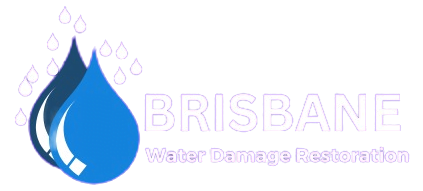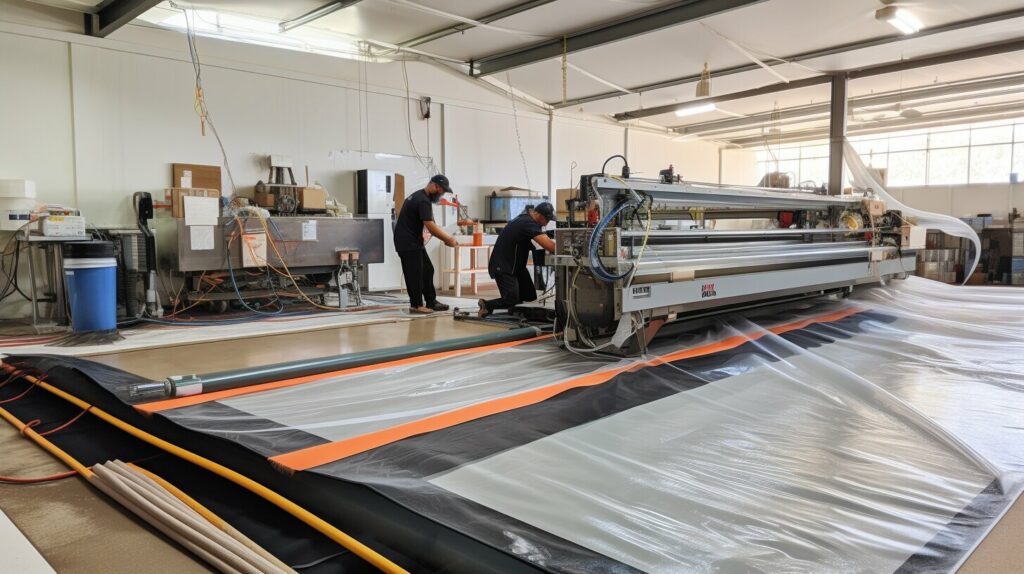When water damage hits, time is of the essence. It can harm your home’s health and safety. Drying carpets right is key to avoiding more damage. In Australia, where floods are common, knowing how to dry carpets is vital.
Drying carpets after water damage is complex. It involves knowing the damage type, carpet materials, and drying methods. Whether it’s a home or business, drying carpets fast is crucial. It stops mould, bad smells, and more damage. With expert advice, you can recover your carpets and avoid future issues.
Key Takeaways
- Act quickly to dry carpets after water damage to prevent further damage
- Understand the type of water damage and the materials of the carpet
- Use the right techniques and equipment for drying carpets after water damage
- Prevent mould growth and persistent odors by drying carpets properly
- Drying carpets after water damage requires patience and attention to detail
Understanding the Impact of Water Damage on Carpets
Water damage can really hurt carpets. It’s key to know the different types of water damage to fix it right. When dealing with wet carpets, time is crucial to avoid more harm and health risks. The damage from water depends on the carpet’s material, with some being more water-resistant.
Water damage falls into three main categories: clean water, gray water, and black water. Clean water comes from burst pipes or rain. Gray water is from appliances or sinks. Black water is from sewage or floodwater. Each needs a unique drying and restoration method.
For drying wet carpets at home, knowing your carpet’s material is important. For example, wool carpets are more vulnerable to water damage than synthetic ones. Here are some common carpet materials and how they handle water damage:
- Wool: prone to water damage, requires immediate attention
- Synthetic: more resistant to water damage, but still needs quick drying
- Blends: a mix of wool and synthetic, needs careful handling based on water damage types
In summary, knowing how water damage affects carpets is crucial for drying wet carpets at home. By understanding the different water damage types and the carpet material, homeowners can act fast. This helps prevent more damage and ensures a good recovery.
Immediate Steps for Drying Carpets After Water Damage
When water damages your carpet, time is of the essence. The actions you take right away can greatly affect the drying and repair process. It’s vital to remove as much water as possible quickly to avoid more harm.
To lower humidity, use fans and open windows for better air flow. Also, take out any wet items from the area to stop more moisture from building up.
Here are some important steps to dry your carpet after water damage:
- Remove extra water with a wet vacuum or mop
- Lower humidity with fans and dehumidifiers
- Start drying with air movers and heaters
By taking these quick steps, you can reduce damage and help with a successful repair. Remember, acting fast and doing the right things right away is key to drying your carpet well.
Professional Equipment and Tools Required
When dealing with wet carpets, the right tools are key. This is especially true for drying carpets in homes. In Australia, where floods or burst pipes can happen, having the right equipment is crucial.
Drying carpets involves several steps. First, water is removed with industrial-grade extractors. Then, dehumidifiers and air movers speed up drying. Tools like hygrometers and thermal cameras check for any remaining moisture.
- Industrial-grade water extractors, such as truck-mounted extractors or portable extractors
- Dehumidifiers, such as refrigerant dehumidifiers or desiccant dehumidifiers
- Air movers, such as centrifugal air movers or axial air movers
- Moisture detection tools, such as hygrometers or thermal imaging cameras
These tools are vital for drying carpets well. They help prevent damage and mould growth.
DIY Methods for Residential Wet Carpet Drying
Dealing with water damage in your home can be tough, especially when it hits your carpets. Luckily, there are DIY ways to dry your carpets at home. The key is to act fast, as wet carpets can lead to mould and lasting damage.
Effective DIY methods include using fans, opening windows, and wet/dry vacuums to dry out the carpet. It’s also vital to dry the padding and floor under the carpet. These steps can help your carpet recover and might avoid the need for a pro.
When drying carpets after water damage service in Brisbane , thoroughness and patience are key. Here’s what to do:
- Remove excess water using a wet/dry vacuum
- Use fans to circulate air and speed up the drying process
- Open windows for ventilation to reduce humidity
- Lift the carpet and dry the underlying padding and floor
By using these DIY methods and acting quickly, you can dry your carpets effectively. Always prioritize drying your carpets after water damage for the best results.
Common Challenges and Solutions in Carpet Drying
Drying carpets after water damage can be tricky. Several challenges can make the process harder. Finding the right solutions for wet carpets in homes is key.
Mould growth, bad smells, and big water damage are major issues. Knowing the causes and using the right fixes is crucial. For example, using top-notch equipment and the right drying methods can stop mould and smells.
Here are some important tips for dealing with common carpet drying problems:
- Act fast to stop mould and smells
- Use strong equipment like dehumidifiers and air movers
- Follow the right drying steps, like checking moisture and adjusting equipment
Understanding and tackling carpet drying challenges can help. Homeowners can avoid lasting damage and get their carpets dry and clean.
Preventing Future Water Damage to Carpets
It’s important to prevent water damage to avoid the trouble and cost of drying carpets. Homeowners can take steps to lower the risk of water damage. Regular upkeep and waterproofing can help keep carpets dry.
Some effective ways to prevent water damage include:
- Regularly inspecting and maintaining plumbing fixtures and appliances
- Ensuring proper drainage and grading around the home
- Using waterproofing solutions on carpets and upholstery
Homeowners should also prepare for water damage by having a plan. Keep emergency contact numbers handy, like a plumber and a water damage restoration company. Also, have the right equipment and supplies ready.
By taking these steps, homeowners can lower the risk of water damage. Regular care and waterproofing can save time, money, and stress. They help keep carpets dry and in good condition.
| Preventive Measure | Benefits |
|---|---|
| Regular maintenance | Reduces risk of water damage, extends carpet lifespan |
| Waterproofing solutions | Prevents water damage, protects carpets and upholstery |
Conclusion
Drying carpets after water damage is key to keeping them looking good and healthy. Residential wet carpet drying needs quick action and the right tools. By using the tips from this blog , you can save your carpets from needing to be replaced.
Handling spills or big water damage right away is crucial. The right equipment, like water extractors and dehumidifiers, helps a lot. These tools can get your carpets back to their best state.
It’s not just about drying the carpet. You also need to deal with mould and bad smells. A full approach to drying can keep your carpets looking great for many years.
FAQ
What are the different types of water damage categories?
Water damage is categorized into three types: clean water, gray water, and black water. Clean water comes from leaks or broken pipes. Gray water is from appliances like washing machines. Black water is contaminated, often from sewage or flooding.
How does water affect different carpet materials?
Water damage affects carpets differently based on their material. Wool fibers are more prone to damage, while nylon is more resilient. Yet, all carpets need quick drying to avoid mould, mildew, and stains.
What are the immediate steps to take for drying carpets after water damage?
First, remove any standing water from the carpet. Then, use fans and dehumidifiers to lower humidity. Starting the drying process quickly helps prevent mould and increases restoration success.
What professional equipment is required for effective carpet drying?
Effective drying needs industrial-grade tools like water extractors and dehumidifiers. These tools remove water and lower humidity. Moisture detection tools help track drying progress.
What are some DIY methods for residential wet carpet drying?
For small water damage, try using fans, opening windows, and wet/dry vacuums. But, for big damage or mould, get professional help.
What are some tips for preventing future water damage to carpets?
Regular cleaning and leak checks can prevent water damage. Consider waterproofing with resistant padding or sealants to protect your carpet.

